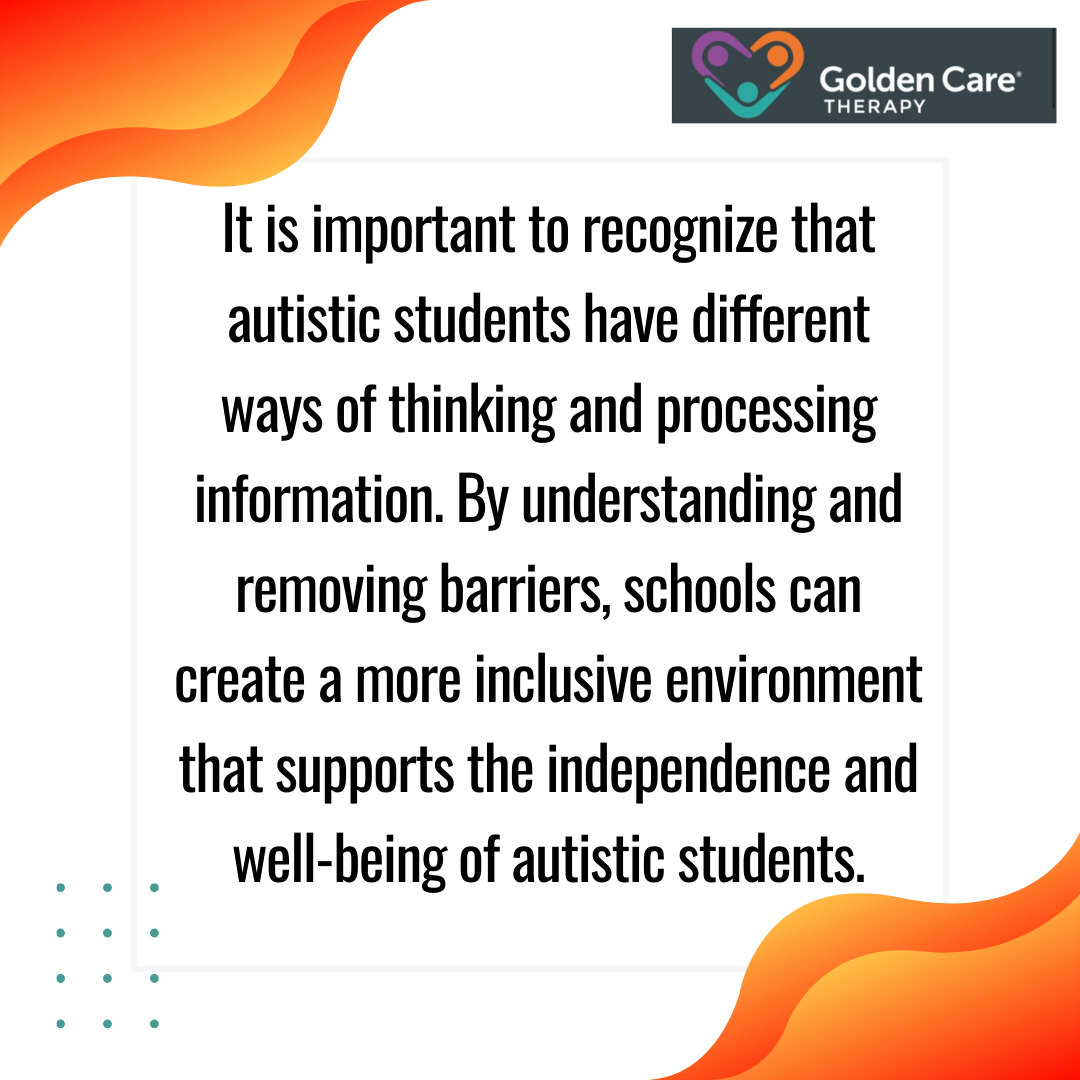
Supporting your autistic child in mainstream school is crucial. Discover effective strategies and success stories for an inclusive education.
To support an autistic child in a mainstream school, it is essential to have a solid understanding of autism and the challenges that autistic students may face. This section will explore the prevalence of autism in education and shed light on the specific difficulties encountered by autistic students.
Prevalence of Autism in Education
According to the National Autistic Society, autism affects approximately 1 in every 100 people, making it a relatively common condition. In the context of education, this means that many schools have autistic students enrolled in their classrooms. In fact, more than 70% of autistic children and young people are educated in mainstream schools, making autism the most common type of special educational need (SEN) for children with an education health and care plan (EHCP).
The presence of autistic students in mainstream schools highlights the importance of creating inclusive environments that cater to their unique needs. By understanding the prevalence of autism in education, schools can take proactive steps to support these students and ensure their success.
Challenges Faced by Autistic Students
School can be a challenging experience for autistic students due to the demands placed upon them and the environment they navigate. The sensory aspects of school, such as noise, crowds, and bright lights, can be overwhelming for individuals with autism. Additionally, social interactions and communication may pose significant difficulties for autistic students, leading to feelings of social exclusion and potential long-term negative outcomes.
Autistic students may also struggle with the rigidity of school routines, transitions between activities, and changes in the environment. These challenges can result in heightened anxiety and stress, making it difficult for students to fully engage in their learning.
Strategies such as using different teaching assistants (TAs) to provide individualized support, introducing change in a structured and predictable manner, and gradually reducing support can help students develop coping strategies and become more independent.
Furthermore, the use of visuals, such as timetables, social stories, and emotion scales, can greatly assist in communication and understanding for students with autism. These visual aids provide clear and tangible supports that help autistic students navigate their school day more effectively.
By acknowledging and addressing the challenges faced by autistic students, schools can work towards fostering an inclusive environment that promotes their academic and social development.
Strategies for Supporting Autistic Students
To effectively support autistic students in mainstream schools, it is essential to implement strategies that cater to their unique needs. Through individualized teaching approaches, visual aids, and gradual support reduction, educators can create an inclusive and supportive environment for autistic students to thrive.
Individualized Teaching Approaches
One of the most effective strategies for supporting autistic students is adopting individualized teaching approaches. Recognizing that an autistic brain thinks differently and understanding the specific needs of each student can help educators tailor their teaching methods accordingly. This may involve modifying the curriculum, providing additional support, or employing alternative teaching techniques. By catering to the individual strengths and challenges of each student, educators can create a learning experience that is personalized and meaningful.
Importance of Visual Aids
Visual aids play a crucial role in supporting autistic students’ learning and communication. Utilizing visuals such as timetables, social stories, and emotion scales can greatly assist in enhancing comprehension and understanding. Visuals provide concrete and visual representations of information, making it easier for autistic students to process and interpret. They can help with daily routines, social interactions, and emotional regulation. Implementing visual aids in the classroom can promote independence, reduce anxiety, and improve communication skills for autistic students.
Gradual Support Reduction
Gradually reducing support is another effective strategy for supporting autistic students in mainstream schools. This approach involves providing the necessary assistance and accommodations initially, and then gradually reducing the level of support as the student develops coping strategies and becomes more independent.
By gradually fading out support, students can build confidence and acquire essential skills for navigating the school environment. It is important to strike a balance between providing support and encouraging independence, allowing students to grow and thrive at their own pace.
Supporting Autistic Students in College
Transitioning to college can be an exciting yet challenging time for any student, and it is no different for individuals with autism. To ensure a successful college experience for autistic students, it is essential to provide the necessary support and accommodations. In this section, we will explore the admission process for autistic students, tailoring lesson plans to meet their needs, and leveraging autism resources.
Admission Process for Autistic Students
The admission process for autistic students in college is an important step towards creating an inclusive learning environment. Parents or caregivers should fill out the admission form and declare their child’s autism diagnosis. It is beneficial to attach reports from medical professionals outlining any specific medical needs or accommodations required. This information helps college administrators understand the student’s unique needs and provide appropriate support.
At the same time, it is crucial for parents to prepare their child psychologically for the transition to higher education. Discussing the changes, expectations, and available support systems can help ease any anxiety or uncertainty the student may have. Open communication between parents, educators, and the student is vital throughout the admission process to ensure a smooth transition.
Tailoring Lesson Plans for Autistic Students
Once admitted, it is essential to tailor lesson plans to meet the individual learning needs of autistic students. Lesson plans should consider both short-term and long-term goals, aligning with the college curriculum. They should provide a clear outline of the skills and knowledge that need to be taught, taking into account the student’s strengths and areas of challenge.
Personalized lesson plans can include strategies such as breaking down complex tasks into smaller, manageable steps, incorporating visual aids, and utilizing structured learning techniques. Providing clear instructions, visual schedules, and visual supports can help autistic students better understand and engage with the lesson content. It is also important to offer flexibility and allow for accommodations, such as extended time for assignments or exams, when necessary.
Leveraging Autism Resources
Educators have access to a wide range of autism resources that can greatly support the learning process for autistic students. These resources can be both textual and visual-based materials, such as books, online platforms, and assistive technology. It is crucial for educators to familiarize themselves with these resources and understand how to effectively leverage them in the classroom.
By utilizing autism resources, educators can enhance the learning experience for autistic students. They can provide additional visual support, social stories, and interactive activities that cater to different learning styles. These resources can also aid in developing social skills, communication, and self-regulation techniques.
Ensuring the successful inclusion of autistic students in college requires collaboration between educators, parents, and support services. By following an inclusive approach, tailoring lesson plans, and utilizing autism resources, colleges can provide an environment where autistic students can thrive academically and socially.
Sources:
https://www.governmentevents.co.uk/supporting-autistic-pupils-in-mainstream-classrooms/
https://www.linkedin.com/pulse/inclusive-education-supporting-students-autism-mainstream-ufrcf/
- Autism Routine Disruption in Adults: Coping Tips - July 16, 2024
- Autism and Obsession: An Overview - July 16, 2024
- Autism and Taking Clothes Off: Management Tips - July 16, 2024




